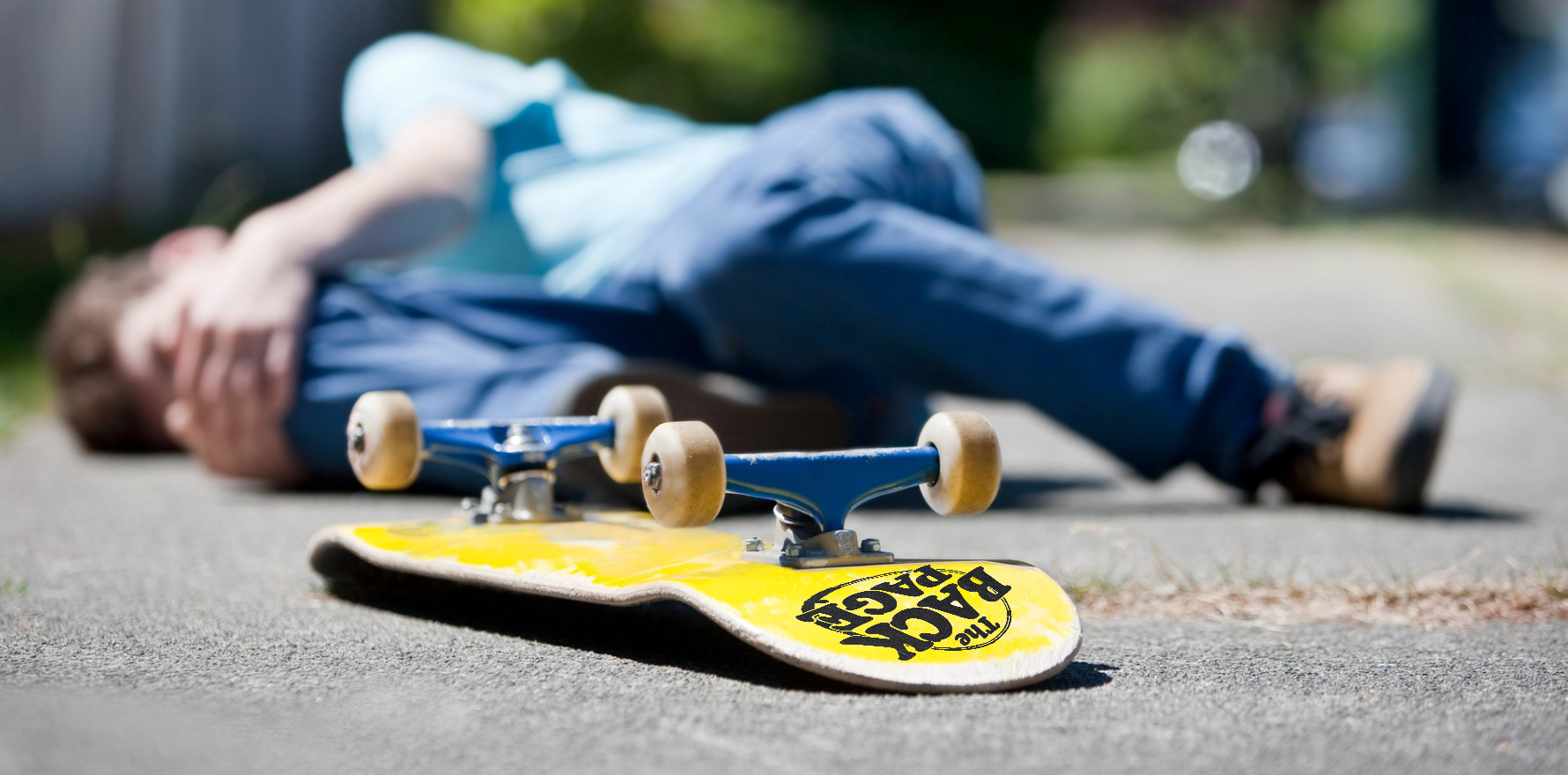Five simple steps for parents – and GPs – to help small humans cope with this unavoidable part of life.
Australian researchers have crunched the data and come up with five steps that global experts believe help children deal with pain.
Although contrary to my favourite scene in the Fast & Furious documentary series, flexing the pain away (and exploding your arm cast in the process) wasn’t one of them.
So take these boffins’ advice with a grain of salt. Do they truly understand family?
Rather than watching nine short educational pieces about pain, recovery, cars, car chases, family, explosions, family and more car chases, the Australian researchers instead took the far more boring route of surveying 18 international experts in child development, health, psychology and resilience – as well as parents and educators.
They managed to nail down five steps that caregivers could use to help boost recovery and resilience in children who have mild pain or injury. In summary:
1) Teach them about the meaning of pain – it’s the body’s warning system to protect us from harm, but emotions can also influence how much pain we feel.
2) Validate their pain – but don’t fuss over them or let your own fears or negative emotions interfere, because children often take cues from adults.
3) Reassure children after an injury – their bodies will heal themselves, but rest and nutritious food can help.
4) Support children’s emotions – but also encourage them to take deep breaths, and return to the activity when they feel comfortable.
5) Involve children in their recovery – let them get a bandaid or rub the area.
“Whether it’s falling from a bike or dealing with the often-dreaded vaccinations, everyday pain experiences are opportunities for parents to promote positive pain-related beliefs and behaviours,” lead author Dr Sarah Wallwork said in a statement.
“While it’s important to teach children that pain is our body’s alarm system and that it’s there to protect us, it’s equally important to understand that pain and injury do not always align,” said the physiotherapist and pain neuroscientist from the University of South Australia.
The pain children experience may be influenced by other factors too, such as fear and tiredness, so teaching them about the ways our internal feelings can influence pain helps them to better manage I throughout their lives, she added.
“This can be age-appropriate too. So, for a very young child, empowerment might be getting a bandaid or a wet cloth, rubbing the area and distracting them, then telling them their injury is protected by the bandaid and that it is now safe to move on and play. For an older child, the process can be more involved.
“The key is to demonstrate that the child is the healer and they that are actively involved in the healing process.”
If you see something that stings, sound the alarm with penny@medicalrepublic.com.au.


